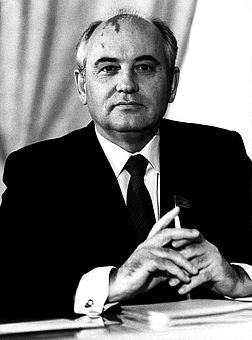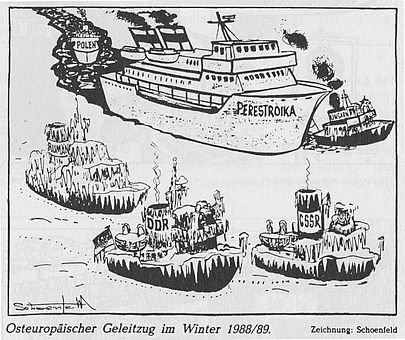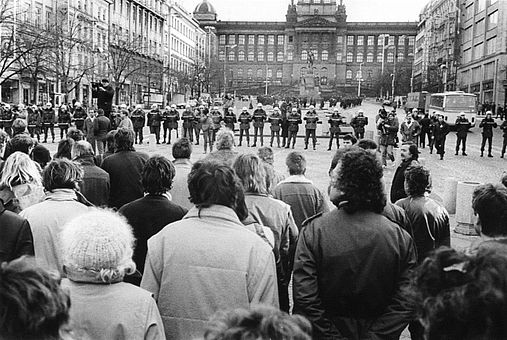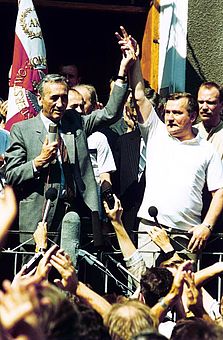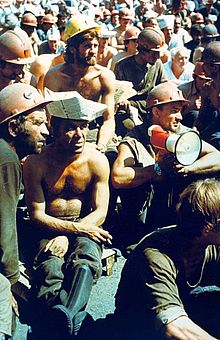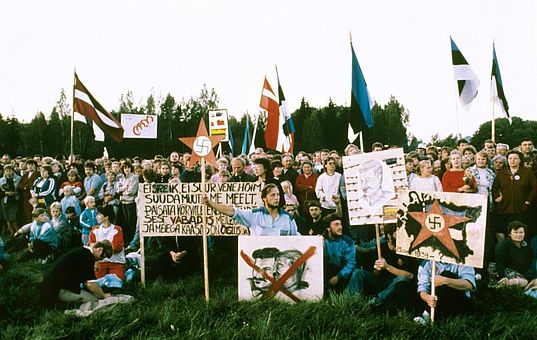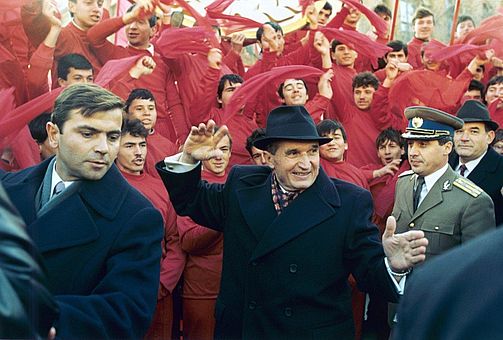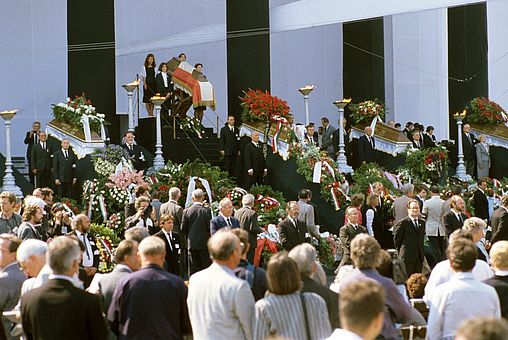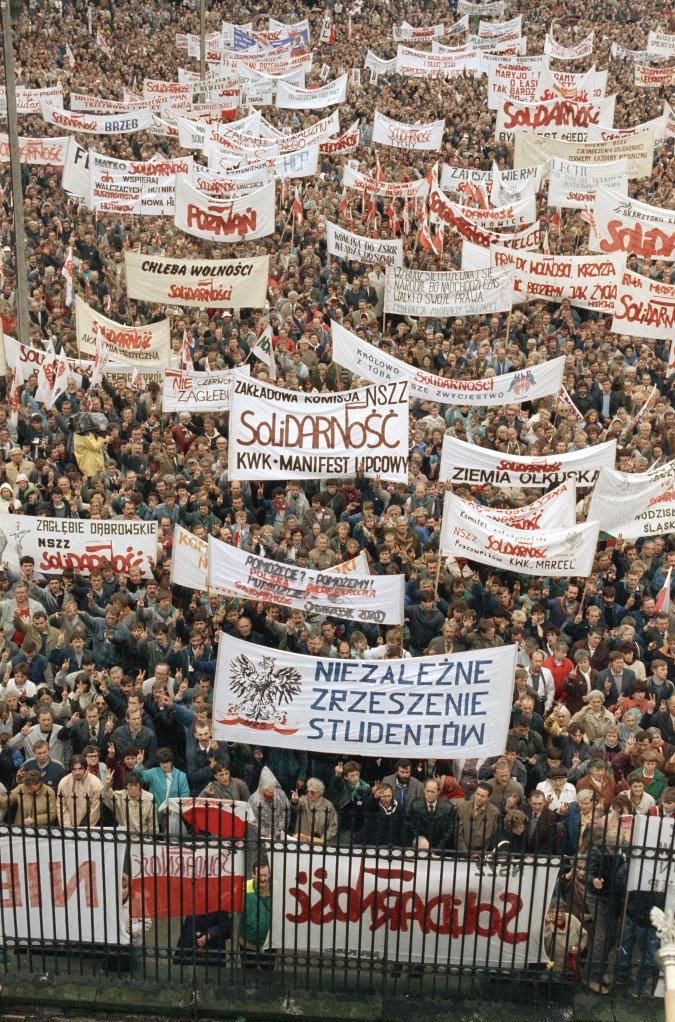
- Старт >
- ПРОБУЖДЕНИЕ >
- First steps to revolution >
- Crisis in the Eastern Bloc
Krise im Ostblock
Эта статья еще не переведена русский.
In the Soviet Union, the head of state Mikhail Gorbachev introduced a process of domestic reforms, including opening up the country’s politics and economy to the West. Gorbachev’s aim was to keep communist rule afloat. The Soviet reform policy revolved around perestroika (restructuring) and glasnost (openness). This development facilitated reforms in the states of the Eastern Bloc, which were now allowed to go their own way.
In early 1989 the political and economic crisis in the Eastern Bloc intensified. It became clear that groundbreaking reforms were necessary. In Poland, the independent trade union Solidarnosc forced the regime to the negotiating table, achieving posts in the government by means of elections. In Hungary, the political leadership entered into talks with the civil rights movements and began to implement reforms. The Soviet Union began to show signs of disintegration, with the Baltic republics demanding independence. The heads of state and the communist parties in the GDR, Czechoslovakia and Romania, however, refused to allow change.
